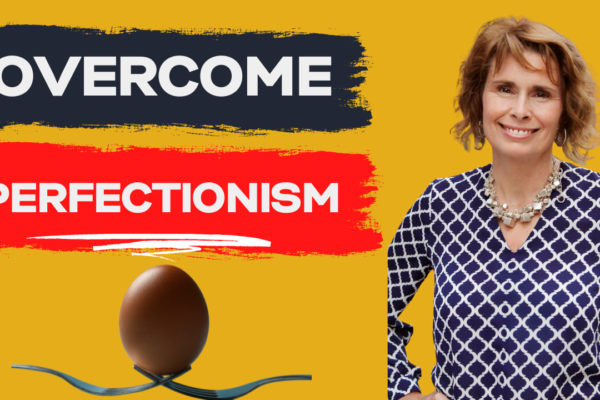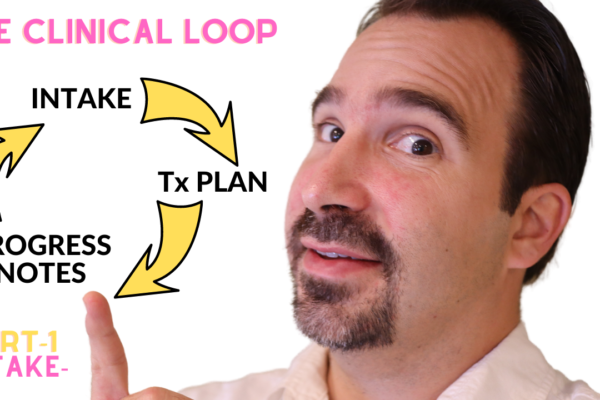Habituation to improve anxiety:
How it works:
Habituation is a fancy term for exposure therapy. Learning habituation to improve anxiety takes patience and usually help from a mental health professional.
People who experience anxiety for the first time will often try to “take their fears head on.”
This usually translates as biting off more than what is reasonable, and triggering an acute panic attack, which is counter-productive and can lead to avoidance behavior, and making exposure work more triggering.
Avoidance behavior that is repeated over time can lead to agoraphobia (fear to leave one’s house).
While Habituation is a form of exposure therapy, it is NOT PROLONGED EXPOSURE, which is another form of intervention targeted toward treating Post-Traumatic-Stress-Disorder.
Habituation is essentially, the practice of intentionally exposing oneself to anxiety triggers in small increments of intensity.
Why it works:
Habituation serves two purposes.
First, it increases one’s tolerance and stress response to triggers.
Second, it allows for the opportunity to alter correlations between the trigger and the core fears causing the anxiety (E.G. it is not a gun, it is a banana, and fruit is not a threat).
habituation vs sensitization: What is the difference? Habituation is the process of becoming less sensitive to a stimulus over repeated exposure. Sensitization is the process of becoming more reactive to a stimulus over prolonged avoidance.
Examples of when Habituation would be effective: Agoraphobia, social anxiety, panic disorder.
When it does not work:
Habituation is used to address moderate forms of anxiety with specific, identifiable triggers (eg. elevator or temperature or environment causing panic attacks).
For forms of anxiety stemming from trauma, such as PTSD, other interventions may more suitable, such as prolonged exposure (PE), somatic experiencing (SE) and eye movement desensitization and reprocessing therapy (EMDR),
Put it to practice:
- Make a hierarchy list (I usually have clients do a list from 1-10) of triggering scenarios with 1 being just outside the comfort zone and 10 being almost unbearable or most intense.
- Start from one and gradually increase the time of exposure from your baseline to moderate intensity (e.g. increase time by five minutes each day) until you can tolerate the trigger for a reasonable amount of time (we are talking about safe triggers here, not walking on coals).
- Continue this process, working up to 10 if possible.
- Again, this is best practiced under the supervision of a therapist who can process your findings with you.
Resources:
- The anxiety and Worry Workbook
- Recommended books: www.MHTgear.com
Recommended Reading

NEED CRISIS HELP? If you need immediate crisis help with your depression, you can call the National Suicide Prevention Lifeline at 1-800-273-8255 or text “START” to 741-741
ASK: If you have a question you’d like me to answer here on the blog (even if you think it’s a silly one!), please use the form on the CONTACT ME page, or the comment section below. I would be happy to take a poke at it and provide a long form answer when appropriate.
SHARE: Also, be sure to share it with a friend, as there is still a lot of work to be done in raising mental health awareness.
SUBSCRIBE to get your FREE MOOD TRACKING TOOL and quick Mental Health Hacks in addition to this newsletter. Sign-up with the form below.
It is my mission to equip you with valuable and effective coping skills and clinical interventions, to improve your mood, be more productive and improve your quality of life, so you can do more, and worry less.
Want to learn more? Check out my top picks for books on self-improvement and recovery HERE!
admin
Latest posts by admin (see all)
- Thriving with Autism and ADHD: Expert Strategies for Managing Burnout - April 22, 2024
- Serial Killer Spotlight: Dr. Caparelli’s True Crime Analysis - April 14, 2024
- Donna’s Law: Stop Gun Suicides - March 22, 2024









